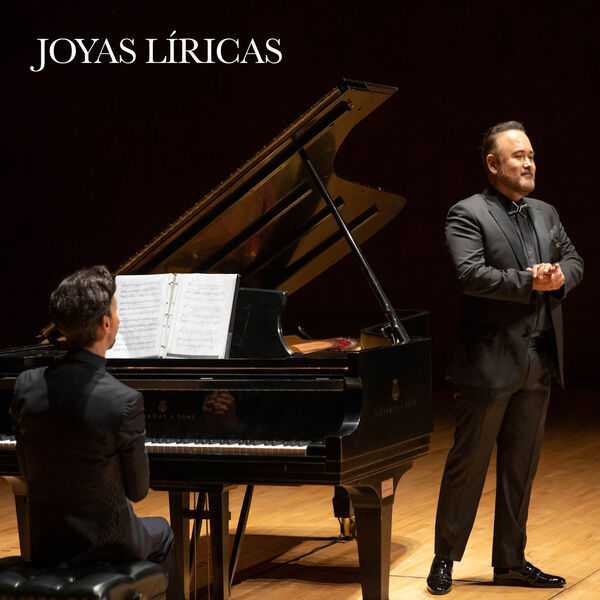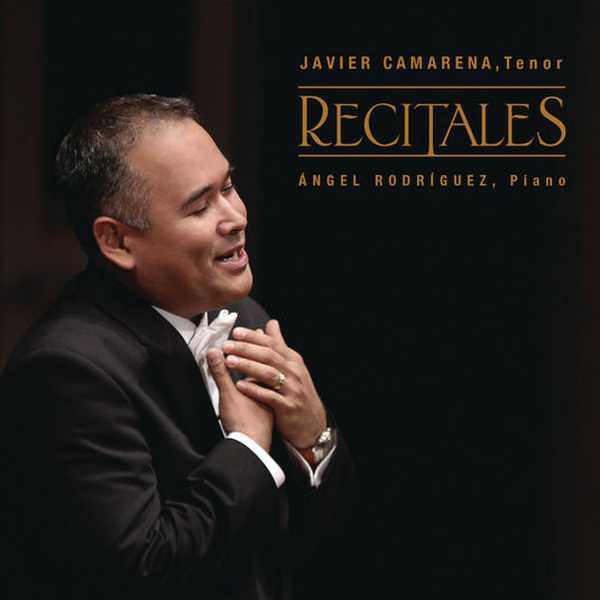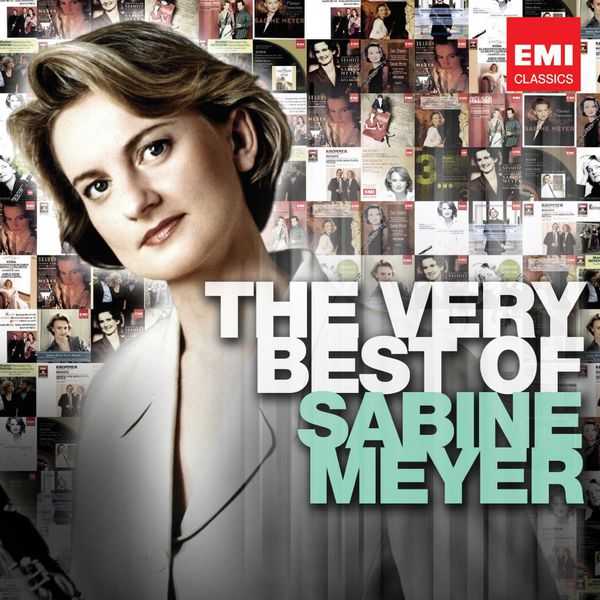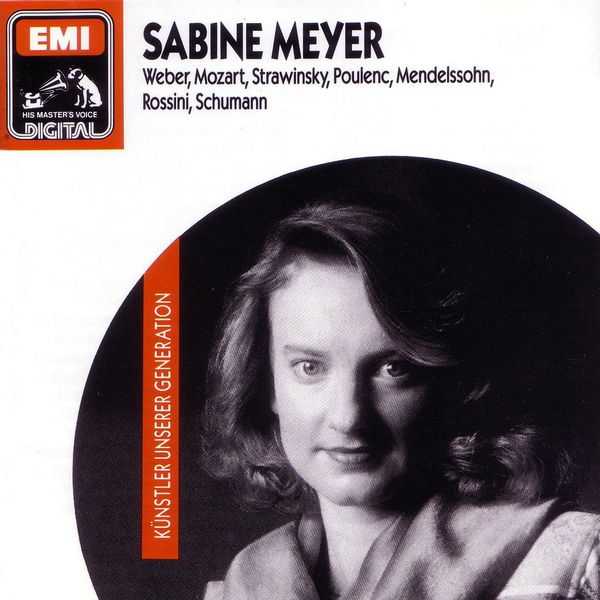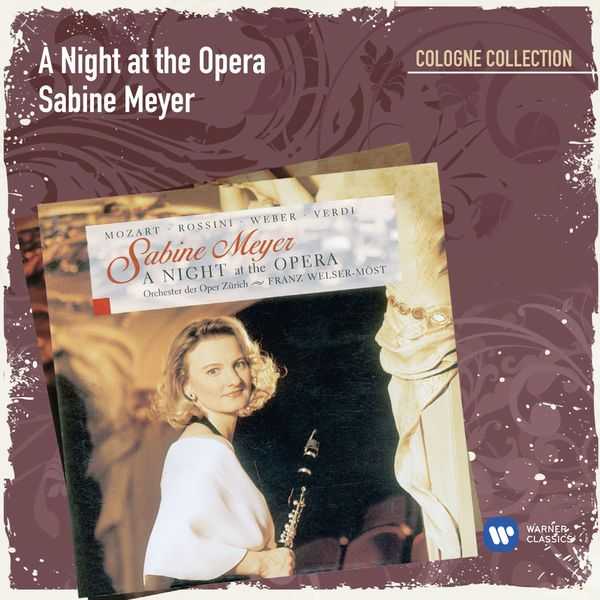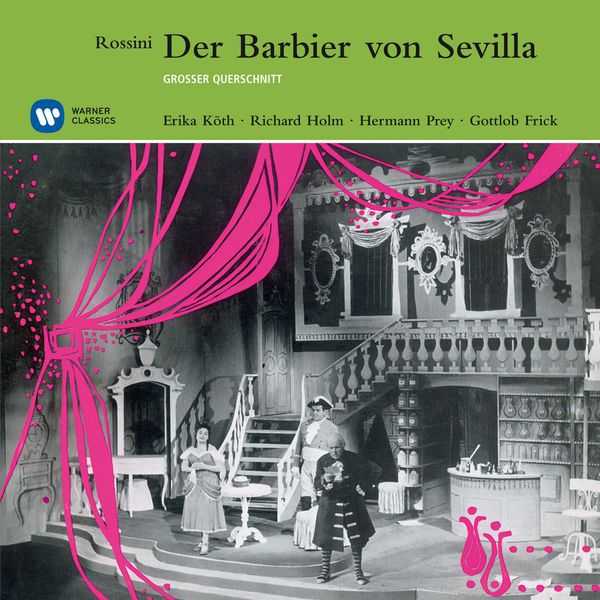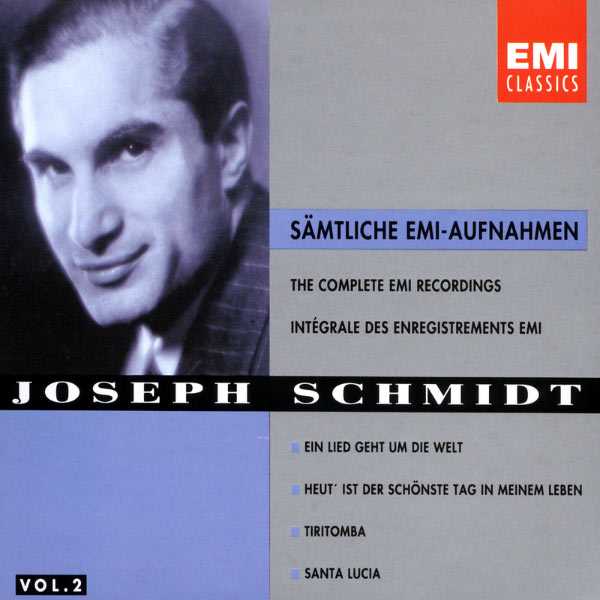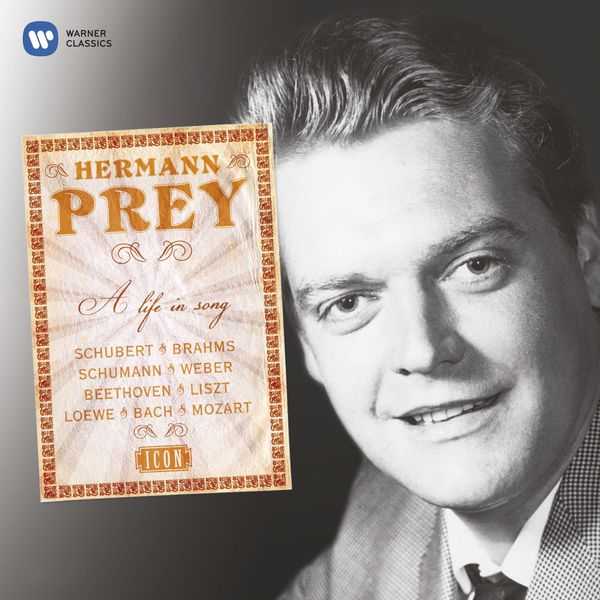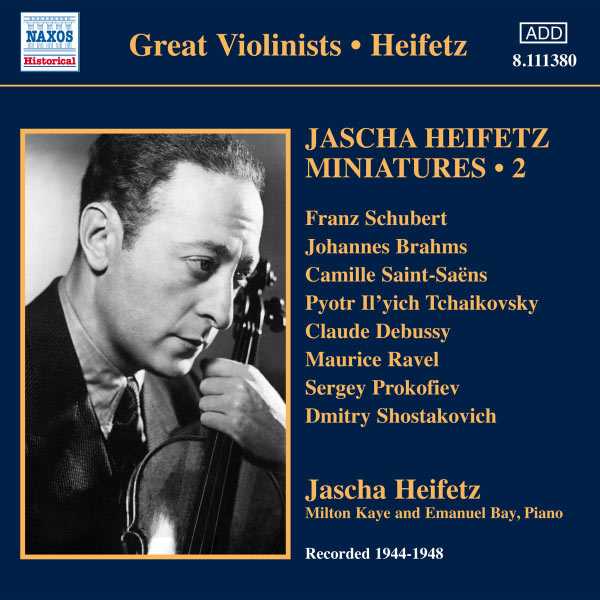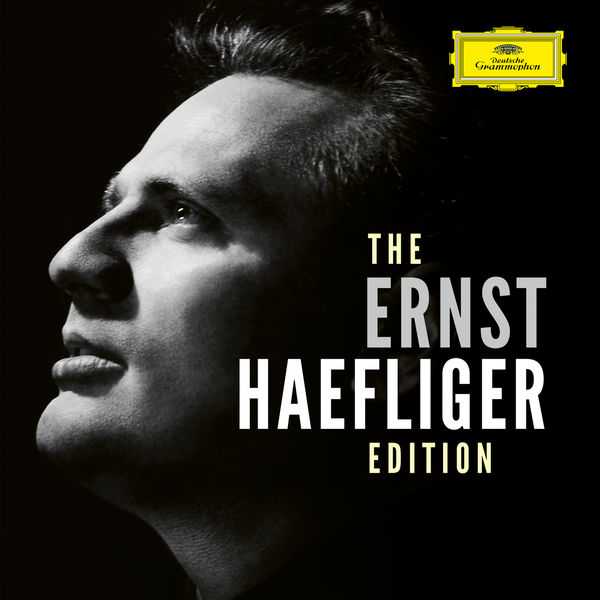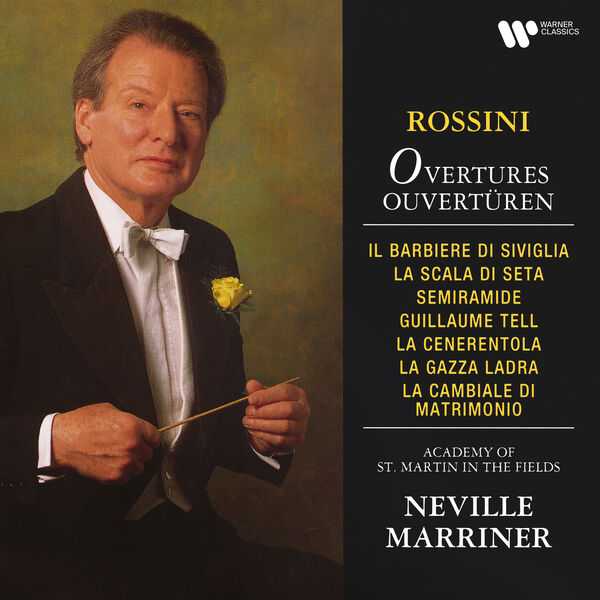Rossini

Gioachino (as used by himself) or Gioacchino Antonio Rossini (February 29, 1792 – November 13, 1868) was an Italian composer who wrote 39 operas as well as sacred music, chamber music, songs, and some instrumental and piano pieces. His best known operatic works include Il barbiere di Siviglia (The Barber of Seville), La Cenerentola, La gazza ladra (The Thieving Magpie) and Guillaume Tell (William Tell). A tendency for inspired, song-like melodies is evident throughout his scores, which led to the nickname “The Italian Mozart.” Until his retirement in 1829, Rossini had been the most popular opera composer in history.
Gioachino Antonio Rossini was born into a family of musicians in Pesaro, a town on the Adriatic coast of Italy. His father, Giuseppe, was a horn player and inspector of slaughterhouses. His mother, Anna, was a singer and a baker’s daughter. Rossini’s parents began his musical training early, and by the age of six he was playing the triangle in his father’s musical group.
Rossini’s father was sympathetic to the French Revolution and welcomed Napoleon Bonaparte’s troops when they arrived in northern Italy. When Austria restored the old regime in 1796, Rossini’s father was sent to prison and his mother took him to Bologna, making a living as a leading singer at various theatres of the Romagna region. Her husband would ultimately join her in Bologna. During this time, Rossini was frequently left in the care of his aging grandmother, who had difficulty supervising the boy.
He remained at Bologna in the care of a pork butcher while his father played the horn in the orchestras of the theatres at which his wife sang. The boy had three years of instruction in the playing of the harpsichord from Giuseppe Prinetti, originally from Novara, who played the scale with two fingers only; Prinetti also owned a business selling beer and had a propensity to fall asleep while standing. These qualities made him a subject for ridicule in the eyes of the young Rossini.
He was eventually taken from Prinetti and apprenticed to a blacksmith. In Angelo Tesei, he found a congenial music master, and learned to sight-read, play accompaniments on the piano and sing well enough to take solo parts in the church when he was ten years of age. Important from this period are six sonate a quattro, or string sonatas, composed in three days, unusually scored for two violins, cello and double bass. The original scores were found in the Library of Congress in Washington DC after World War II, dated from 1804 when the composer was twelve. Often transcribed for string orchestra, these sonatas reveal the young composer’s affinity for Haydn and Mozart, already showing signs of operatic tendencies, punctuated by frequent rhythmic changes and dominated by clear, songlike melodies.
In 1805 he appeared at the theatre of the Commune in Ferdinando Paer’s Camilla, his only public appearance as a singer. He was also a capable horn player, treading in the footsteps of his father. Around this time, he composed individual numbers to a libretto by Vincenza Mombelli called Demetrio e Polibio, which was handed to the boy in pieces. Though it was Rossini’s first opera, written when he was thirteen or fourteen, the work was not staged until the composer was twenty years old, premiering as his sixth official opera.
In 1806 Rossini became a cello student under Cavedagni at the Conservatorio di Bologna. The following year he was admitted to the counterpoint class of Padre Stanislao Mattei (1750–1825). He learned to play the cello with ease, but the pedantic severity of Mattei’s views on counterpoint only served to drive the young composer’s views toward a freer school of composition. His insight into orchestral resources is generally ascribed not to the strict compositional rules that he learned from Mattei, but to knowledge gained independently while scoring the quartets and symphonies of Haydn and Mozart. At Bologna, he was known as “il Tedeschino” (“the Little German”) on account of his devotion to Mozart.
Through the friendly interposition of the Marquis Cavalli, his first opera, La cambiale di matrimonio (The Marriage Contract), was produced at Venice when he was a youth of 18 years. But two years before this he had already received the prize at the Conservatorio of Bologna for his cantata Il pianto d’Armonia sulla morte d’Orfeo. Between 1810 and 1813 at Bologna, Rome, Venice and Milan, Rossini produced operas of varying success, most notably La pietra del paragone and Il Signor Bruschino, with its brilliant and unique overture. In 1813, Tancredi and L’Italiana in Algeri were even bigger successes, and catapulted the 20-year-old composer to international fame.
The libretto for Tancredi was an arrangement by Gaetano Rossi of Voltaire’s tragedy Tancrède. Traces of Ferdinando Paer and Giovanni Paisiello were undeniably present in fragments of the music. But any critical feeling on the part of the public was drowned by appreciation of such melodies as “Di tanti palpiti… Mi rivedrai, ti rivedrò”, which became so popular that the Italians would sing it in crowds at the law courts until called upon by the judge to desist.
By his 21st birthday Rossini had established himself as the idol of the Italian opera public. He continued to write operas for Venice and Milan during the next few years, but their reception was tame and in some cases unsatisfactory after the success of Tancredi. In 1815 he retired to his home in Bologna, where Domenico Barbaia, the impresario of the Naples theatre, contracted an agreement that made him musical director of the Teatro San Carlo and the Teatro Del Fondo at Naples. He would compose one opera a year for each. His payment was to be 200 ducats per month; he was also to receive a share from the gambling tables set in the theatre’s “ridotto”, amounting to about 1000 ducats per annum. This was an extraordinarily lucrative arrangement for any professional musician at that time.
He visited the Naples conservatory, and, although less than four years senior to Mercadante, he said to the Director Niccolò Zingarelli, “My compliments Maestro – your young pupil Mercadante begins where we finish.”
Some older composers in Naples, notably Zingarelli and Paisiello, were inclined to intrigue against the success of the youthful composer, but all hostility was rendered futile by the enthusiasm that greeted the court performance of his Elisabetta, regina d’Inghilterra, in which Isabella Colbran, who subsequently became the composer’s wife, took a leading part. The libretto of this opera by Giovanni Schmidt was in many of its incidents an anticipation of those presented to the world a few years later in Sir Walter Scott’s Kenilworth. The opera was the first in which Rossini wrote out the ornaments of the airs instead of leaving them to the fancy of the singers, and also the first in which the recitativo secco was replaced by a recitative accompanied by a string quartet.
Rossini’s most famous opera was produced on February 20, 1816, at the Teatro Argentina in Rome. The libretto, a version of Pierre Beaumarchais’ stage play Le Barbier de Séville, was newly written by Cesare Sterbini and not the same as that already used by Giovanni Paisiello in his own Barbiere, an opera which had enjoyed European popularity for more than a quarter of a century. Much is made of how quickly Rossini’s opera was written, scholarship generally agreeing upon two or three weeks. Later in life, Rossini claimed to have written the opera in only twelve days. It was a colossal failure when it premiered as Almaviva; Paisiello’s admirers were extremely indignant, sabotaging the production by whistling and shouting during the entire first act. However, not long after the second performance, the opera became so successful that the fame of Paisiello’s opera was transferred to Rossini’s, to which the title The Barber of Seville passed as an inalienable heritage.
Later in 1822, a 30-year-old Rossini succeeded in meeting Ludwig van Beethoven, who was then aged 51, deaf, cantankerous and in failing health. Communicating in writing, Beethoven noted: “Ah, Rossini. So you’re the composer of The Barber of Seville. I congratulate you. It will be played as long as Italian opera exists. Never try to write anything else but opera buffa; any other style would do violence to your nature.”[
Between 1815 and 1823 Rossini produced 20 operas. Of these Otello formed the climax to his reform of serious opera, and offers a suggestive contrast with the treatment of the same subject at a similar point of artistic development by the composer Giuseppe Verdi. In Rossini’s time the tragic close was so distasteful to the public of Rome that it was necessary to invent a happy conclusion to Otello.
Conditions of stage production in 1817 are illustrated by Rossini’s acceptance of the subject of Cinderella for a libretto only on the condition that the supernatural element should be omitted. The opera La Cenerentola was as successful as Barbiere. The absence of a similar precaution in construction of his Mosè in Egitto led to disaster in the scene depicting the passage of the Israelites through the Red Sea, when the defects in stage contrivance always raised a laugh, so that the composer was at length compelled to introduce the chorus “Dal tuo stellato soglio” to divert attention from the dividing waves.
In 1822, four years after the production of this work, Rossini married the renowned opera singer Isabella Colbran. In the same year, he moved from Italy to Vienna where his operas were the rage of the audiences. He directed his Cenerentola in Vienna, where Zelmira was also performed. After this he returned to Bologna, but an invitation from Prince Metternich to come to Verona and “assist in the general re-establishment of harmony” was too tempting to refuse, and he arrived at the Congress in time for its opening on October 20, 1822. Here he made friends with Chateaubriand and Dorothea Lieven.
In 1823, at the suggestion of the manager of the King’s Theatre, London, he came to England, being much fêted on his way through Paris. In England he was given a generous welcome, which included an introduction to King George IV and the receipt of £7000 after a residence of five months. The next year he became musical director of the Théâtre des Italiens in Paris at a salary of £800 per annum. Rossini’s popularity in Paris was so great that Charles X gave him a contract to write five new operas a year, and at the expiration of the contract he was to receive a generous pension for life.
During his Paris years, between 1824 and 1829, Rossini created the comic opera Le Comte Ory and Guillaume Tell (William Tell). The production of his Guillaume Tell in 1829 brought his career as a writer of opera to a close. He was thirty-eight years old and had already composed thirty-eight operas. Guillaume Tell was a political epic adapted from Schiller’s play (1804) about the thirteenth century Swiss patriot who rallied his country against the Austrians. The libretto was by Étienne Jouy and Hippolyte Bis, but their version was revised by Armand Marrast. The music is remarkable for its freedom from the conventions discovered and utilized by Rossini in his earlier works, and marks a transitional stage in the history of opera, the overture serving as a model for romantic overtures throughout the 19th century. Though an excellent opera, it is rarely heard uncut today, as the original score runs more than four hours in performance. The overture is one of the most famous and frequently recorded works in the classical repertoire.
In 1829 he returned to Bologna. His mother had died in 1827, and he was anxious to be with his father. Arrangements for his subsequent return to Paris on a new agreement were temporarily upset by the abdication of Charles X and the July Revolution of 1830. Rossini, who had been considering the subject of Faust for a new opera, did return, however, to Paris in November of that year.
Six movements of his Stabat Mater were written in 1832 by Rossini himself and the other six by Giovanni Tadolini, a good musician who was asked by Rossini to complete the work. However, Rossini composed the rest of the score in 1841. The success of the work bears comparison with his achievements in opera, but his comparative silence during the period from 1832 to his death in 1868 makes his biography appear almost like the narrative of two lives—the life of swift triumph and the long life of seclusion, of which biographers give us pictures in stories of the composer’s cynical wit, his speculations in fish culture, his mask of humility and indifference.
His first wife died in 1845, and on August 16, 1846, he married Olympe Pélissier, who had sat for Vernet for his picture of Judith and Holofernes. Political disturbances compelled Rossini to leave Bologna in 1848. After living for a time in Florence, he settled in Paris in 1855, where his house was a centre of artistic society. Rossini had been a well-known gourmand and an excellent amateur chef his entire life, but he indulged these two passions fully once he retired from composing, and today there are a number of dishes with the appendage “alla Rossini” to their names that were either created by him or specifically for him. Probably the most famous of these is Tournedos Rossini, still served by many restaurants today.
In the meantime, after years of various physical and mental illnesses, he had slowly returned to music, composing obscure little trifles intended for private performance. These Péchés de vieillesse (“Sins of Old Age”) are grouped into 14 volumes, mostly for solo piano, occasionally for voice and various chamber ensembles. Often whimsical, these pieces display Rossini’s natural ease of composition and gift for melody, showing obvious influences of Beethoven and Chopin, with many flashes of the composer’s long buried desire for serious, academic composition. He died at his country house at Passy on Friday, November 13, 1868. He was 76 years old. He was buried in Père Lachaise cemetery in Paris, France. In 1887, his remains were moved to the Basilica di Santa Croce di Firenze, in Florence, at the request of the Italian government.
Rossini was a foreign associate of the institute, grand officer of the Legion of Honour and recipient of innumerable orders.
Immediately after Rossini’s death, Giuseppe Verdi proposed to collaborate with twelve other Italian composers on a “Requiem for Rossini,” to be performed on the first anniversary of his death, conducted by Angelo Mariani. The music was written, but the performance was abandoned shortly before its scheduled premiere. Verdi re-used the Libera me, Domine he had written for the Rossini Requiem in his 1872 Requiem for Manzoni. In 1989 the conductor Helmuth Rilling recorded the original “Requiem for Rossini” in its world premiere.
In his compositions, Rossini plagiarized freely from himself, a common practice among deadline-pressed opera composers of the time. Few of his operas are without such admixtures, frankly introduced in the form of arias or overtures. For example, in Il Barbiere there is an aria for the Count (often omitted) ‘Cessa di più resistere’, which Rossini used (with minor changes) in the cantata Le Nozze di Teti e di Peleo and in La Cenerentola (the cabaletta for Angelina’s Rondo is almost unchanged). Moreover, four of his best known overtures, namely those of (La cambiale di matrimonio, Tancredi, La Cenerentola and The Barber of Seville), share operas apart from those with which they are most famously associated.
A characteristic mannerism in Rossini’s orchestral scoring is a long, steady building of sound over an ostinato figure, creating “tempests in teapots by beginning in a whisper and rising to a flashing, glittering storm”, earned him the nickname of “Signor Crescendo”.
A few of Rossini’s operas remained popular throughout his lifetime and continuously since his demise; others were resurrected from semi-obscurity in the last half of the 20th century, during the so-called “bel canto revival.” According to Herbert Weinstock’s 1968 biography (see below), the composer’s estate was valued at 2.5 million francs upon his death in 1868, the equivalent of about 1.4 million US dollars.
